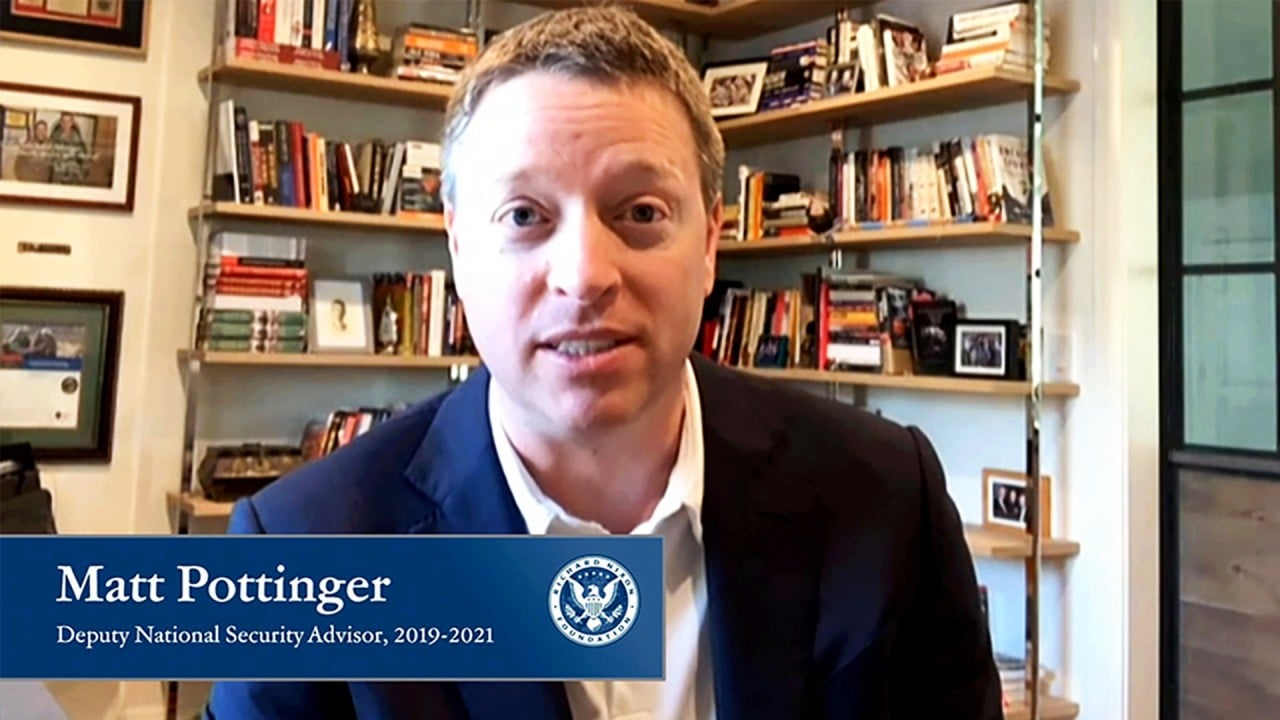
Why Chinese military’s latest Taiwan sortie suggests PLA is expanding scope of combat training
- Tuesday’s mission was the largest of its kind, but was also the first such operation conducted on the eastern side of the island, home to two key airbases
- Military analysts say this suggests the PLA is trying to improve its operational capabilities and provide ‘realistic’ combat training
That side is the furthest from mainland China and hosts two major airbases that could play a key role in any invasion and are sheltered by the mountain ranges in the centre of the island.
Derek Grossman, a senior defence analyst at the Rand Corporation, a US think tank, said the latest operation “helps the PLA air force improve operational capabilities in line with the leadership directive to train under realistic conditions”.
He continued: “If [mainland] China decides to invade and conquer Taiwan while countering US military intervention, then the Chinese air force would probably have to be comfortable operating in this region.
“The bottom line is this latest operation, to me, represents the next logical step toward readying the PLA for actual combat”.
Tuesday’s sortie – involving 14 J-16 fighters, six J-11 fighters, four H-6 bombers and four other planes – took off from an airbase in Fujian province and was the largest aerial incursion recorded by Taiwan.
The 28 warplanes flew into the southwestern part of Taiwan’s air defence identification zone, crossed the Taiwan Strait and then headed to the eastern side of the island via the Bashi Channel, according to Taiwan’s air force.
A timeline of cross-strait relations under Taiwan’s president Tsai Ing-wen
The island, viewed by Beijing as a breakaway province, responded by issuing radio warnings and deploying missile defence systems.
Shu Hsiao-huang, from the Institute for National Defence and Security Research in Taiwan, told Taiwan’s Liberty Times that a possible target was two air force bases in Taitung and Chiashan.
The location of these two key military assets means Taiwan’s central mountain range offers more shelter from mainland attacks and the Chiashan base has an extensive network of underground hangers that offer further protection.
Beijing denounced the move as a violation of its sovereignty.
The deployment also followed a couple of US naval missions in recent days, including the USS Ronald Reagan’s transit through the disputed South China Sea and a training exercise with the Japanese navy designed to improve the US military’s ability to operate in tandem with its ally.
Grossman said Beijing is showing its rising frustration at the US-Taiwan relationship, particularly their deepening security ties.
“Beijing is also likely signalling displeasure with Washington’s perceived instigation of the G7 to issue harsh criticisms of Chinese behaviour not only against Taiwan, but in other areas as well,” said Grossman.
Joe Biden moves US closer to Taiwan, but how far is he willing to risk Beijing’s anger?
Song Zhongping, a former PLA instructor and Hong Kong-based military commentator, said the incursion was designed to send a signal to the US.
“Faced with a US that treats China as a systemic rival, Beijing has to demonstrate its ability to safeguard its national sovereignty, safety and developmental interests,” said Song.
“And China has to tell the US side that the Taiwan issue is one of China’s core national interests, and China needs an actual deployment to respond to Biden’s accusations.”
.
.



